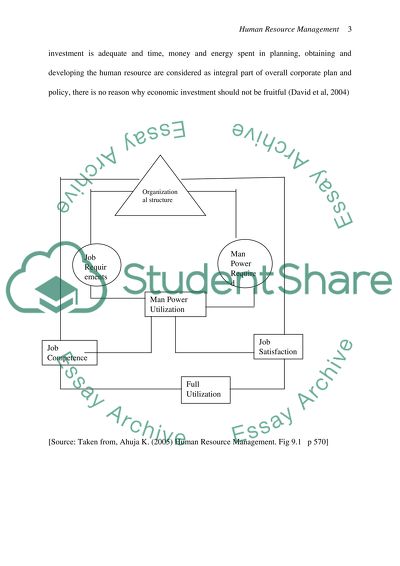Cite this document
(“The necessity of human resource management Essay”, n.d.)
The necessity of human resource management Essay. Retrieved from https://studentshare.org/miscellaneous/1516040-the-necessity-of-human-resource-management
The necessity of human resource management Essay. Retrieved from https://studentshare.org/miscellaneous/1516040-the-necessity-of-human-resource-management
(The Necessity of Human Resource Management Essay)
The Necessity of Human Resource Management Essay. https://studentshare.org/miscellaneous/1516040-the-necessity-of-human-resource-management.
The Necessity of Human Resource Management Essay. https://studentshare.org/miscellaneous/1516040-the-necessity-of-human-resource-management.
“The Necessity of Human Resource Management Essay”, n.d. https://studentshare.org/miscellaneous/1516040-the-necessity-of-human-resource-management.


